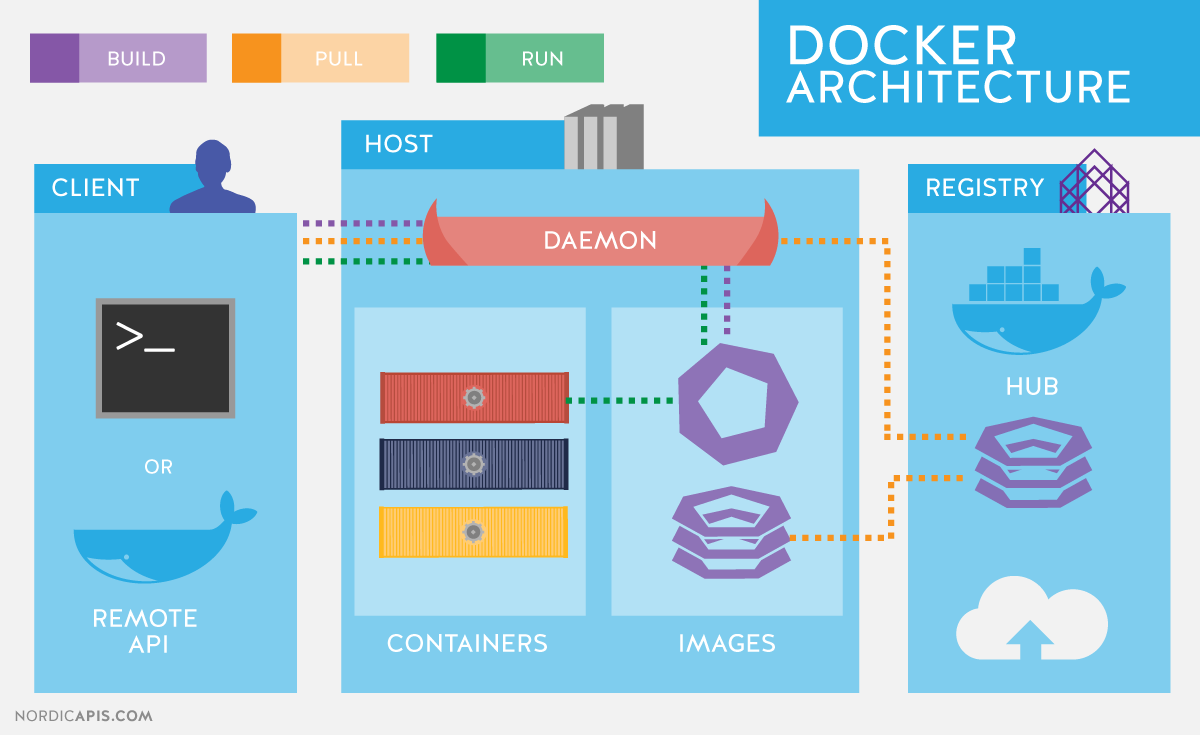We’ve reached the factor where corporations almost can not avoid packing containers. They make deploying servers and offerings notably simpler and greater green. One of the maximum broadly used tools for deploying bins is Docker Sometimes; performance isn’t enough. Not in this world of constant information theft and security breaches. Even with the remarkable generation provided with the aid of Docker, you continue to ought to preserve a keen eye on security. With that in mind, permit’s take a look at five things you may do to make certain your Docker enjoy is a chunk greater at ease.
READ MORE :
1. Choose 0.33-celebration boxes carefully
With Docker, you can pull down boxes from public repositories. This means you are placing you agree with in whoever created the box. But how do you understand that field changed into created securely? Even worse, how do you know that box would not incorporate malicious or corrupt files? You don’t. Because of this, you might need to don’t forget the use of the Docker Hub paid plan. This paid provider is one manner to make sure the repositories you operate have been scanned.

2. Enable Docker Content Trust
If you are nonetheless not positive about 1/3-party pictures, you could do something to avoid feasible issues. As of Docker 1.8, a new safety characteristic turned into applied known as Docker Content Trust. This feature permits you to verify the authenticity, integrity, and guide date of all Docker photographs to be had on the Docker Hub Registry. The thing is, Content Trust is not enabled by default. Once enabled, Docker could be unable to drag down pictures that have no longer be signed.
3. Set aid limits on your containers
What happens when a box goes awry and starts to the customer all of your host’s resources? This is true now, not a recipe for fulfillment and protection. You can honestly set resource limits to your character containers right from the run command. For example, say you want to restrict a container to 1GB of reminiscence, you can add the —reminiscence=”1000M” option to the run command. You can also restrict the number of CPUs with the —cpus=X (Where X is the number of CPUs you need available for your field).
4. Consider a 3rd-party safety tool
There is some cause-built security gear for Docker. For example, there is Twistlock, a Docker safety solution consisting of seamless CI integration, a sizable API guide, and dev-to-production security controls. There are two exclusive variations of Twistlock.
Bench Security
- There’s a convenient script you could run towards your Docker server that will take a look at:
- Host Configuration
- Docker Daemon Configuration
- Docker Daemon Configuration Files
- Container Images and Build Files
- Container Runtime
- Docker Bench Security needs to be taken into consideration a have-to-use script. Here’s how you operate it:
Docker is a wonderful technology that may do pretty a chunk in your business. You will need to take these guidelines into attention and supply the respectable Docker Security documentation with a thorough examination. As packing containers continue to grow in recognition, it will behoove you to keep wondering “security” as you further containerize your servers and offerings.

